7 Ways to Use ChatGPT for Paid Social
ChatGPT has brought AI back to the forefront of tech, even opening up a new era for search. We outline 7 ways it can be used to change your Paid Social work flow.
ChatGPT from Open AI has brought chatbots and AI back to the forefront of tech - and the subsequent launch of ChatGPT for Bing has kept it there.
Simply put, ChatGPT is an AI-based language model that provides information and assists with language-related tasks using natural language processing (NLP). It is designed to generate natural-sounding conversations and responses to your prompts and their follow ups. The chatbot carries context from search to search, and can remember what was said earlier in the conversation, explaining and elaborating on it as appropriate. The bot goes as far as apologising if it gets things wrong.
ChatGPT’s cut through in the crowded field of chatbots and AI is part hype, but that hype is based on a demonstrably higher threshold of realistic responses and replication of desired tone than previously seen in publicly available chatbots. It has also got an extensive filtering system behind it, to avoid previous chatbot disasters such as Microsoft’s 2016 Twitterbot Tay, which became racist and had to be removed.
7 ways to use ChatGPT in Paid Social
1. Writing new creative copy
ChatGPT does well with creatives when the prompt provides more information for the bot to work with, including information about the products and brand. Don’t be afraid to keep iterating on the results - ChatGPT’s conversational format allows you to iron out its first ideas and get to the copy you need faster.
2. Storyboarding video ads
Building on simpler text creatives, ChatGPT can also do the heavy lifting planning out shoots and video ads. Storyboarding is a big part of the creative work flow which can be sped up with intelligent automation that can generate video ideas based on brand and campaign guidelines.
3. Translation
ChatGPT can translate from source text to another language with a high degree of accuracy, understanding context and nuance. This makes it an amazing free tool for export and multi-language marketing campaigns.
4. Audience targeting
ChatGPT has access to linguistic, contextual connections between audiences and behaviours. No article on ChatGPT would be complete without a question posed to the bot itself, so we asked it to expand on audience targeting, and it said: ‘ChatGPT can help create detailed personas of potential target audiences by generating descriptions of their interests, values, behaviours, and motivations. These personas can be based on existing customer data, or on hypothetical customer profiles. The more specific and detailed the persona, the better marketers can tailor their messaging and targeting.’
5. Social listening and trend analysis
The ChatGPT x Bing integration can surface new trends by scraping publicly available data from social media platforms for particular topics and products which are relevant to a particular brand or campaign.
6. Assisting with pixel tracking
Using ChatGPT to produce code snippets can speed up edits or expansions to tracking for Paid Social. For example, asking ChatGPT to generate Facebook pixel event code for a purchase, listing the fields you want to track, works well (assuming you already have the Facebook pixel set up).
7. Workshopping
We should remember that ChatGPT is so powerful because it aggregates and assembles information from the web and from training data - so when we ask it for ideas, we are essentially pulling on information and ideas for millions of people. This means that it can be a great tool for quickly workshopping a new plan, product or entire strategy. Workshop prompts can have all the variety that good workshop planning has always had - from wider briefs to narrower ones; tables; ‘pros and cons’ lists; and timelines.
Learning How To Prompt
To use ChatGPT in these ways effectively - and discover new ways to use it - team members need to gain experience using it. It’s a tool which does things instantly but what you feed in can also get better as you spend more time with it. The more it’s used, the more teams can get a feel for what kinds of prompts and phrasing get the results they’re looking for. Learning to become a ‘prompt engineer’ is a new skill the world is coming to understand more and more.
By Helen Zheng, Paid Social Account Director


